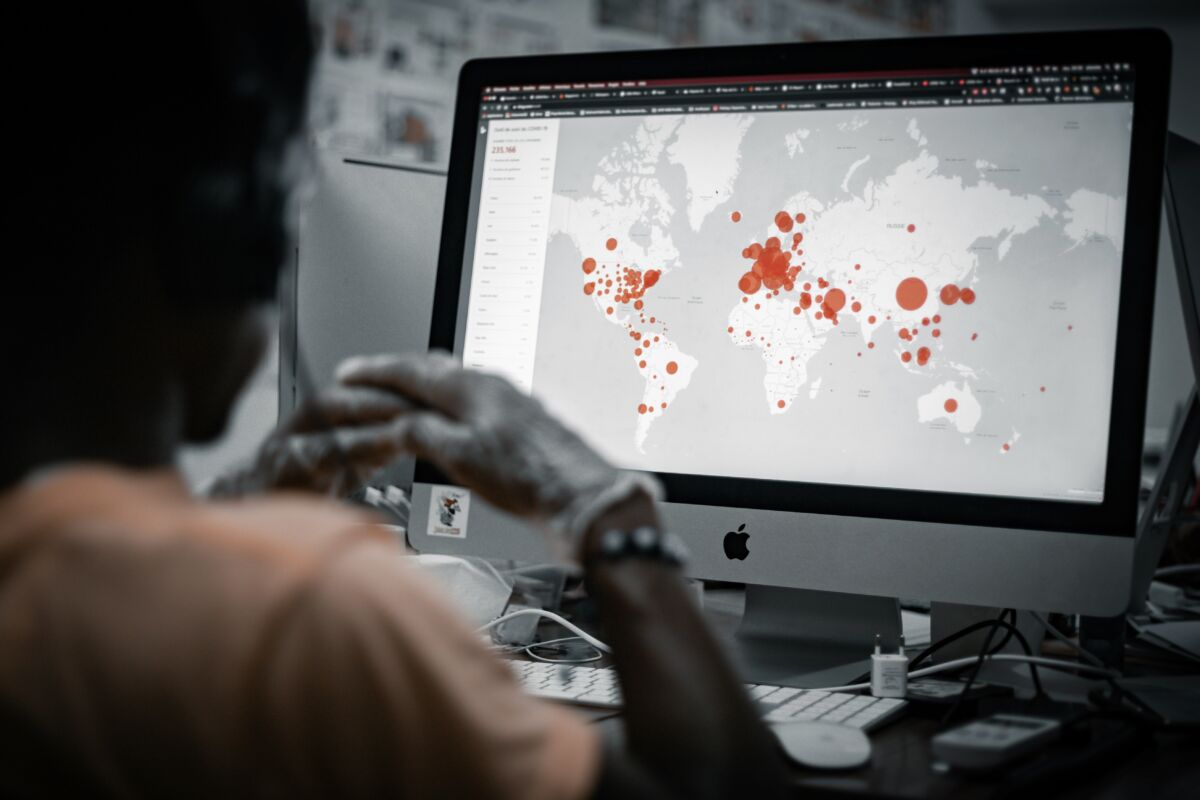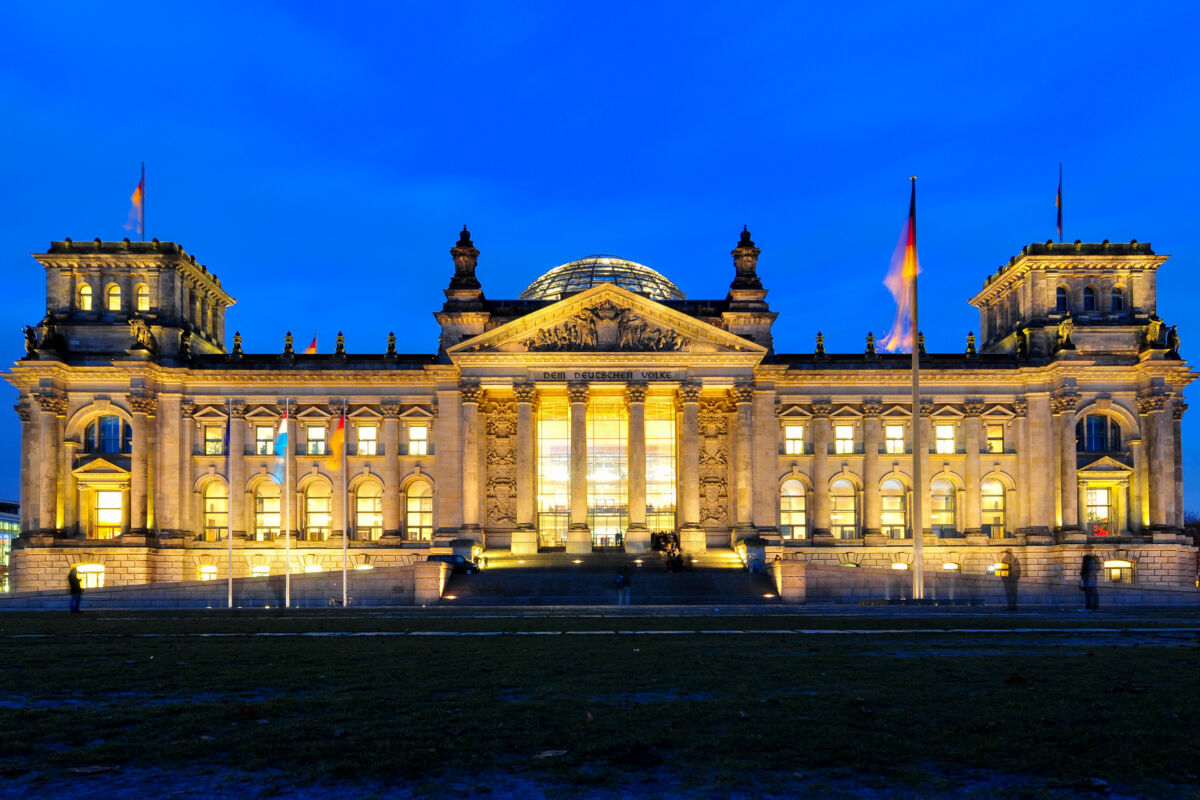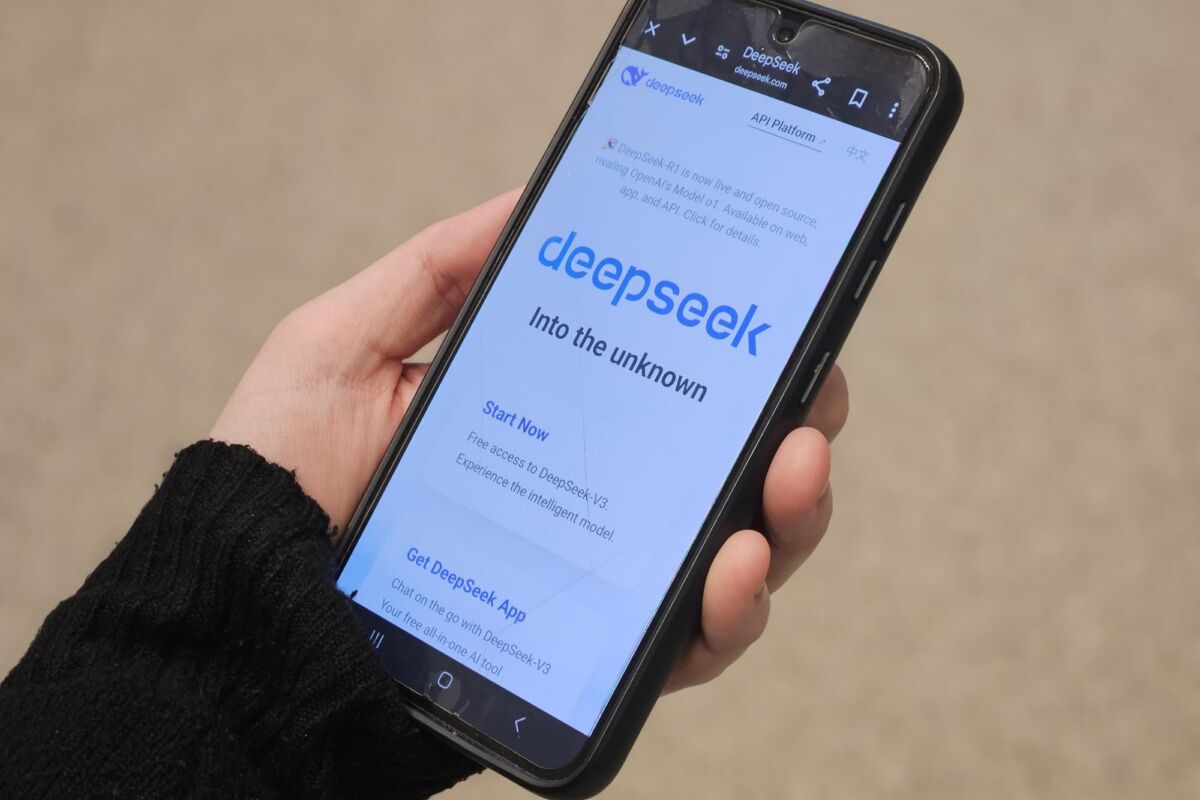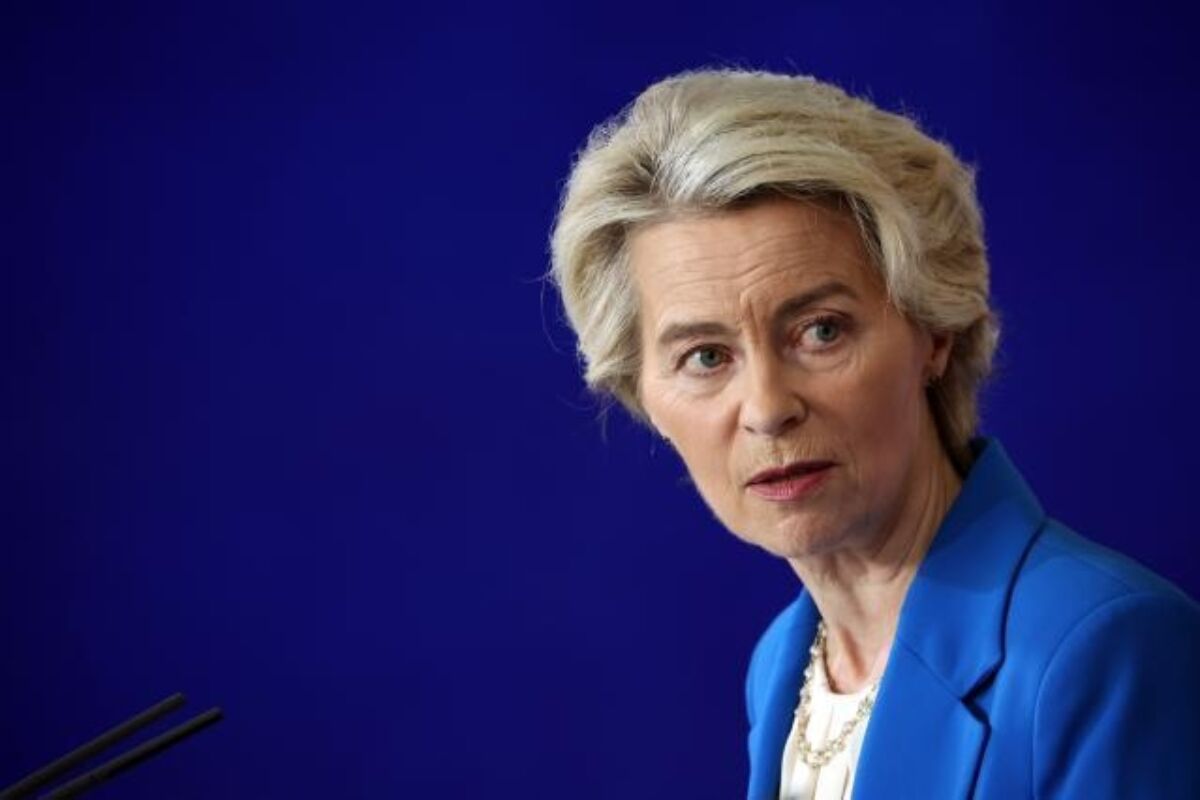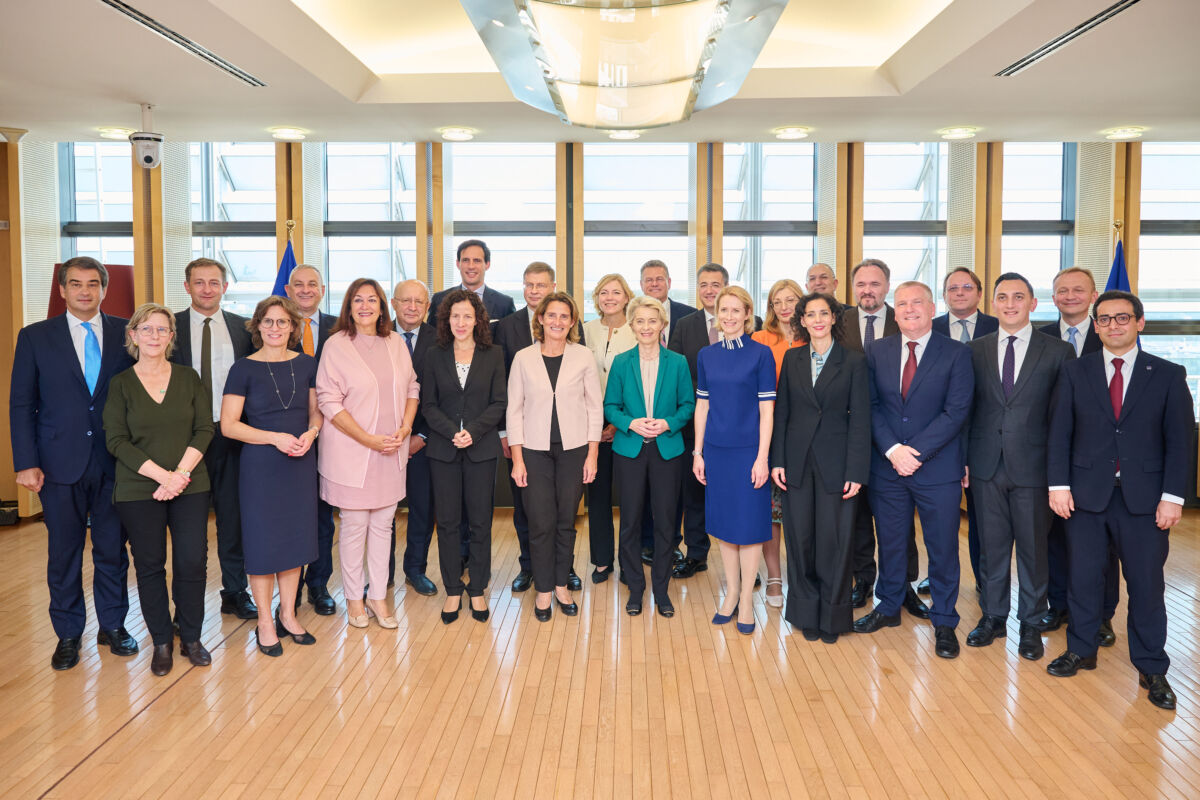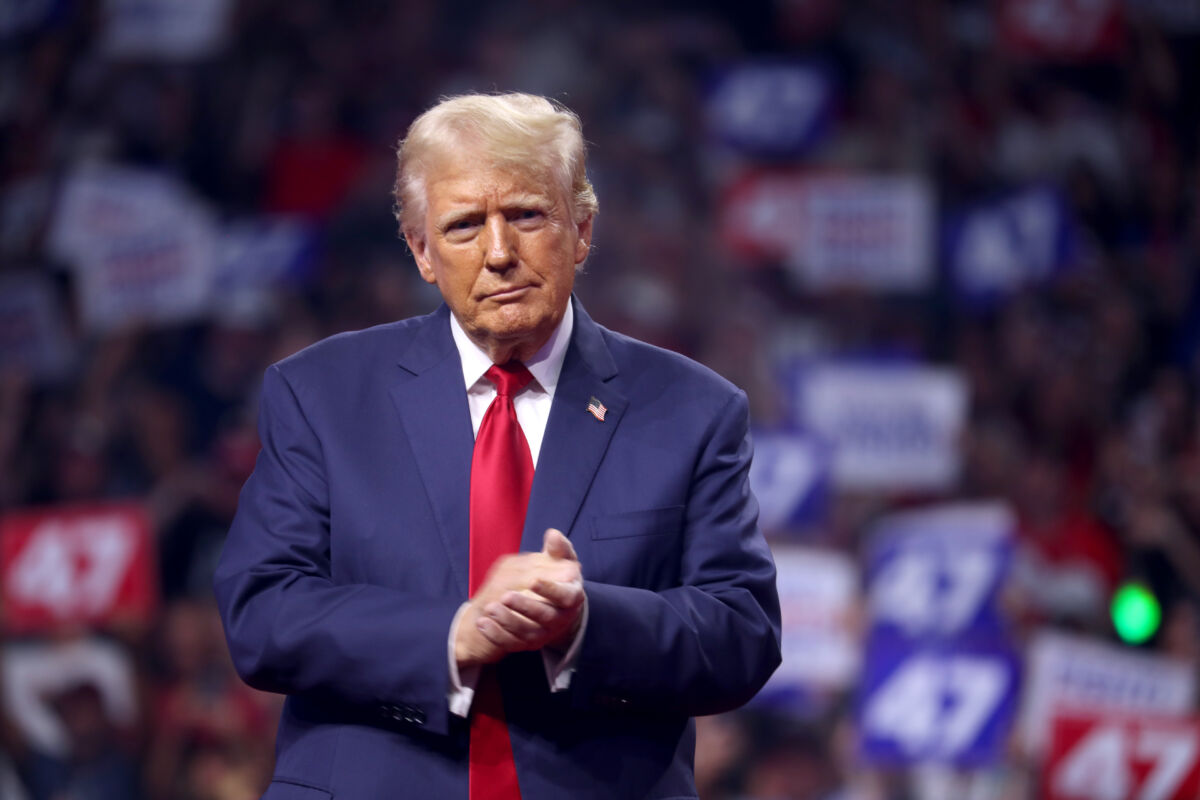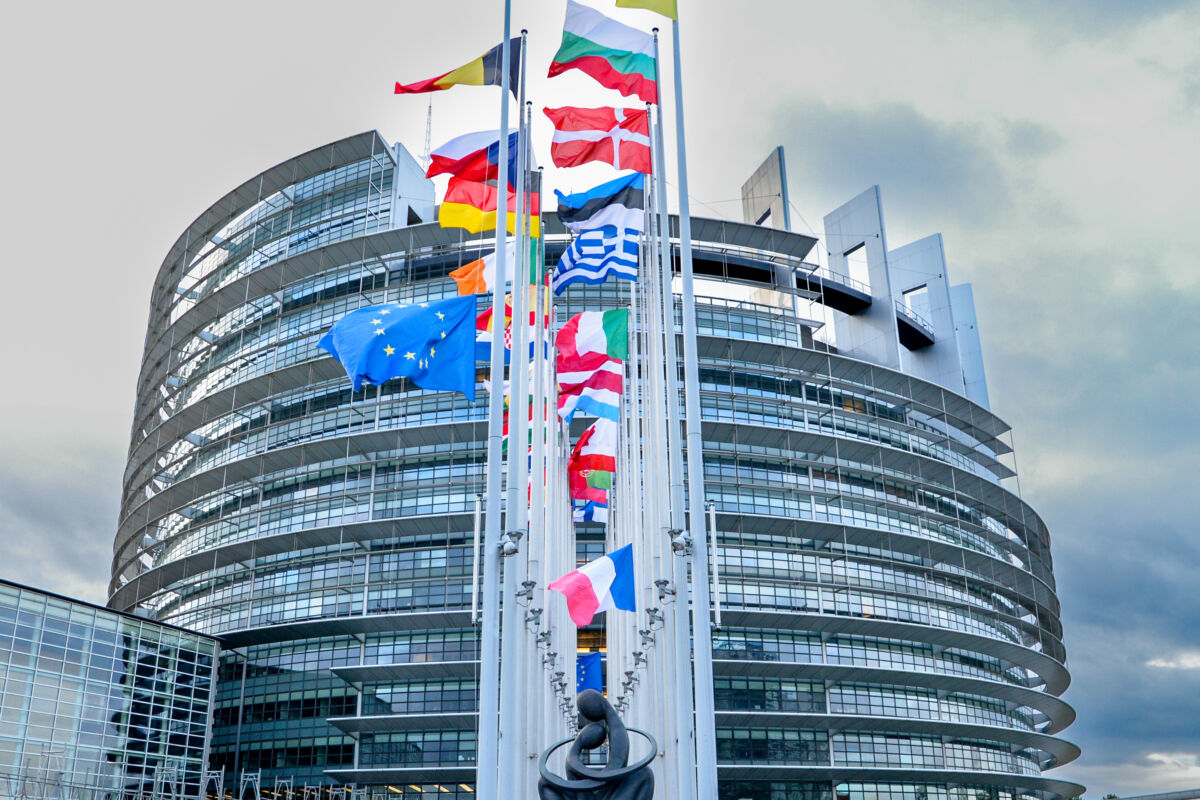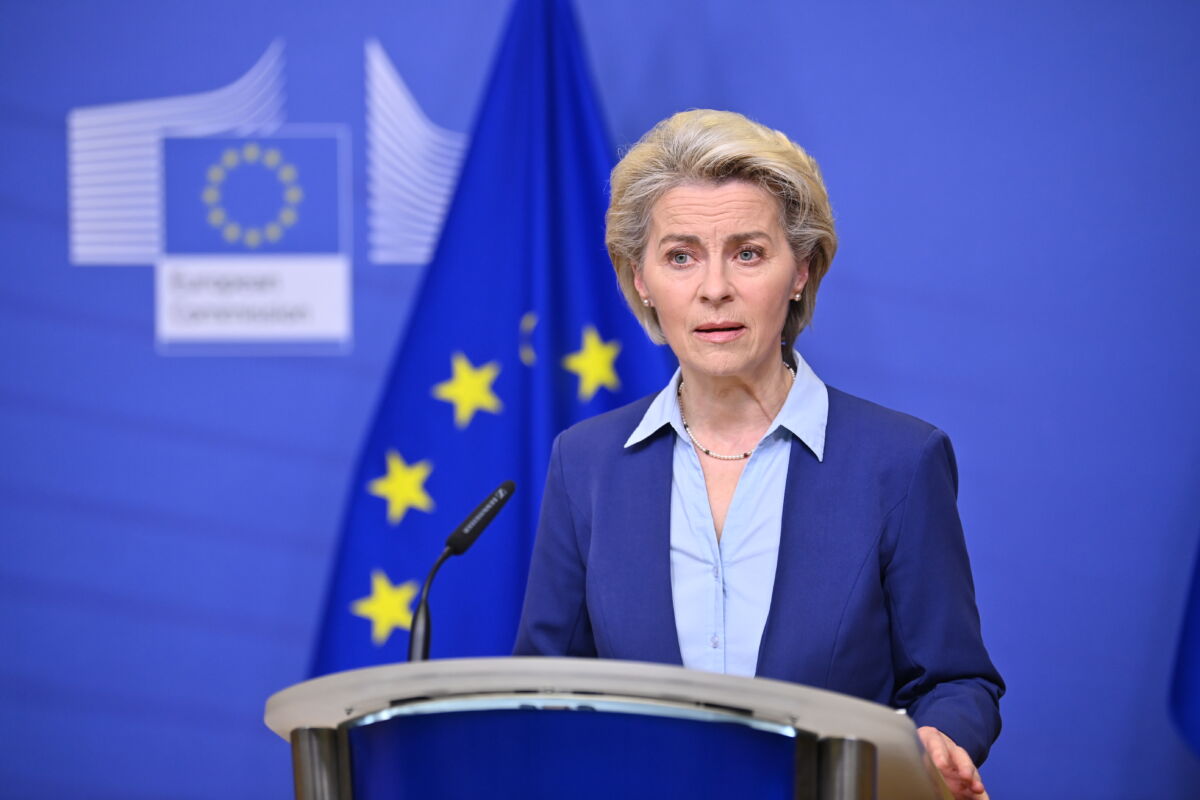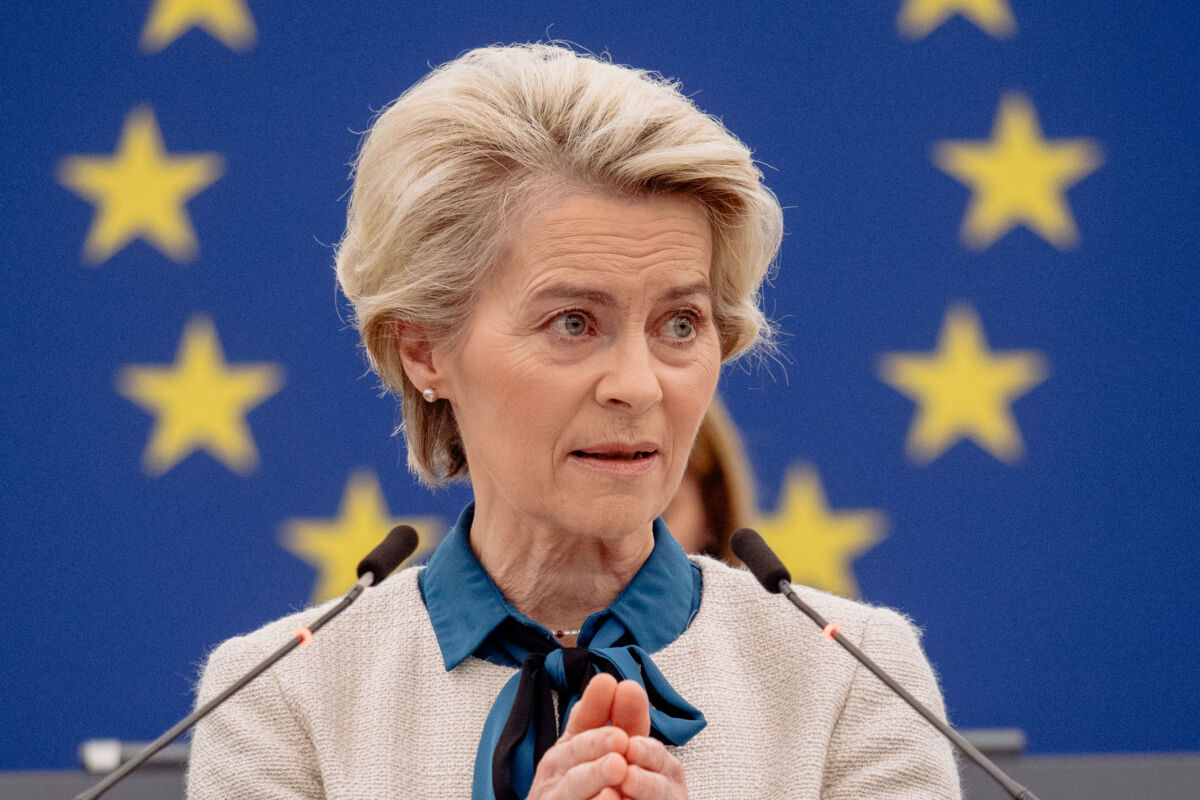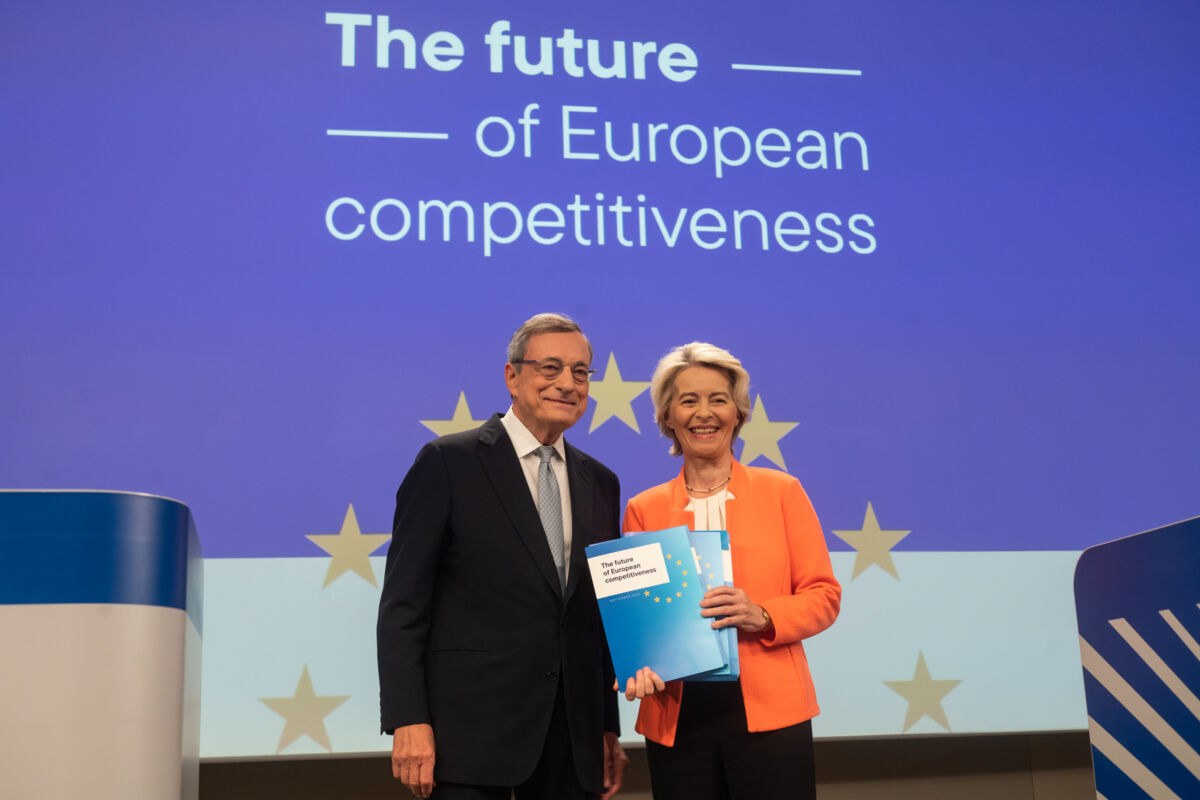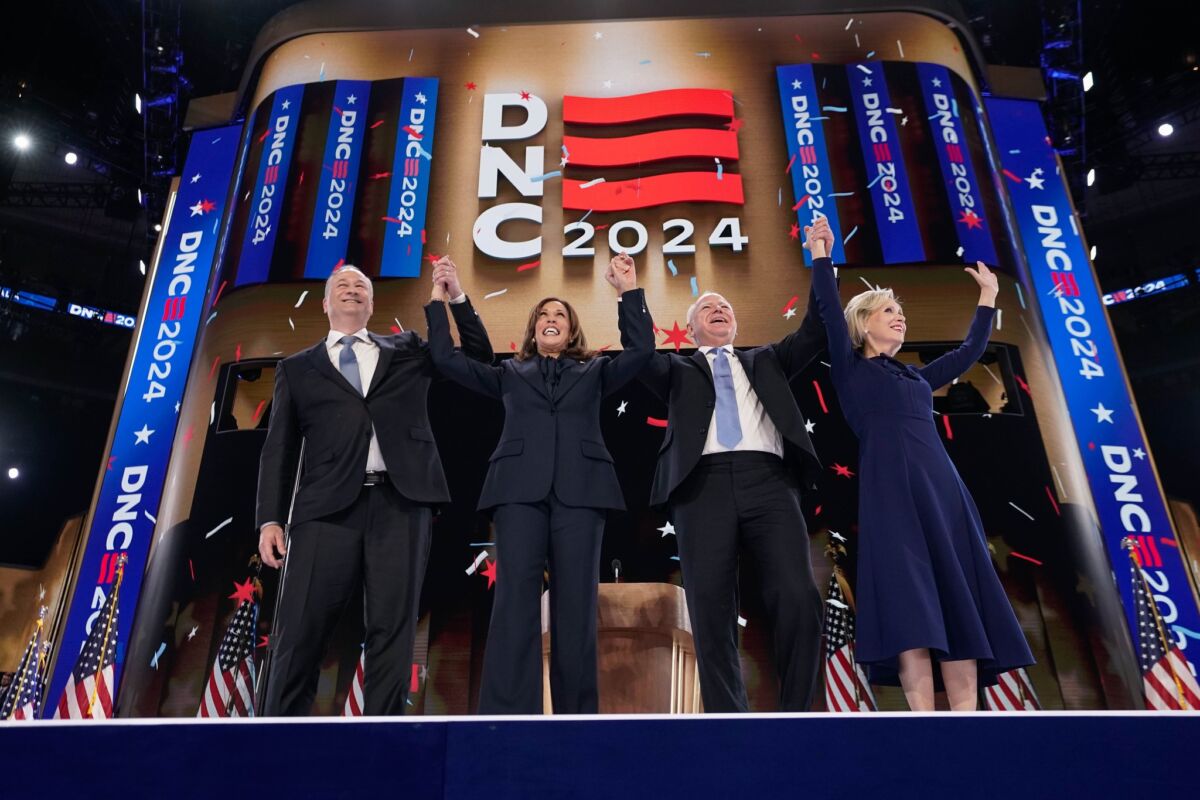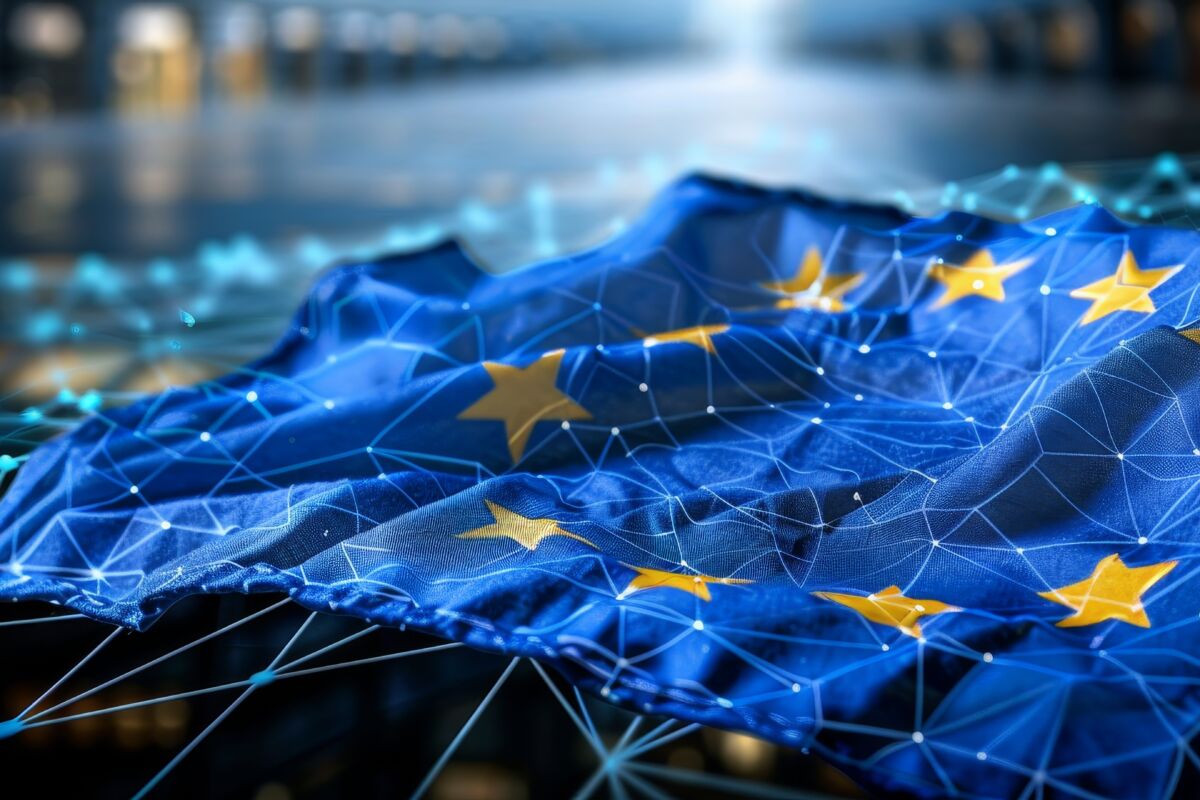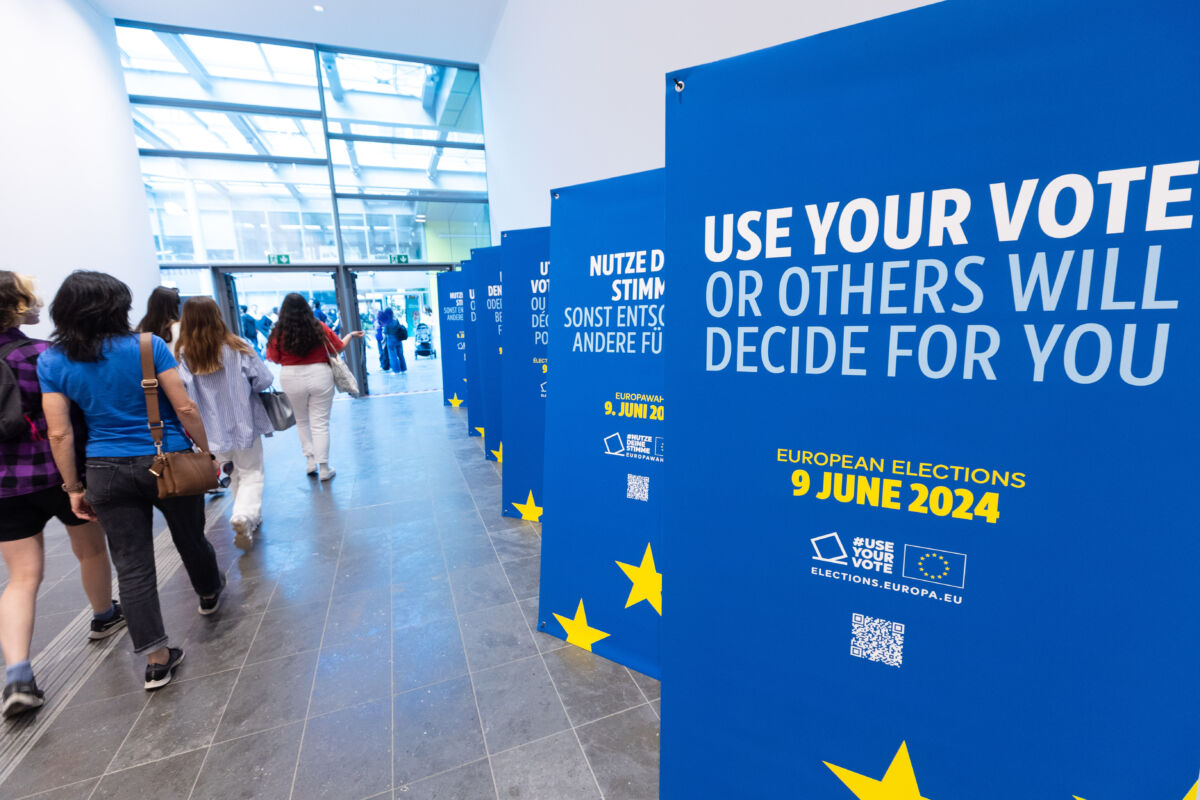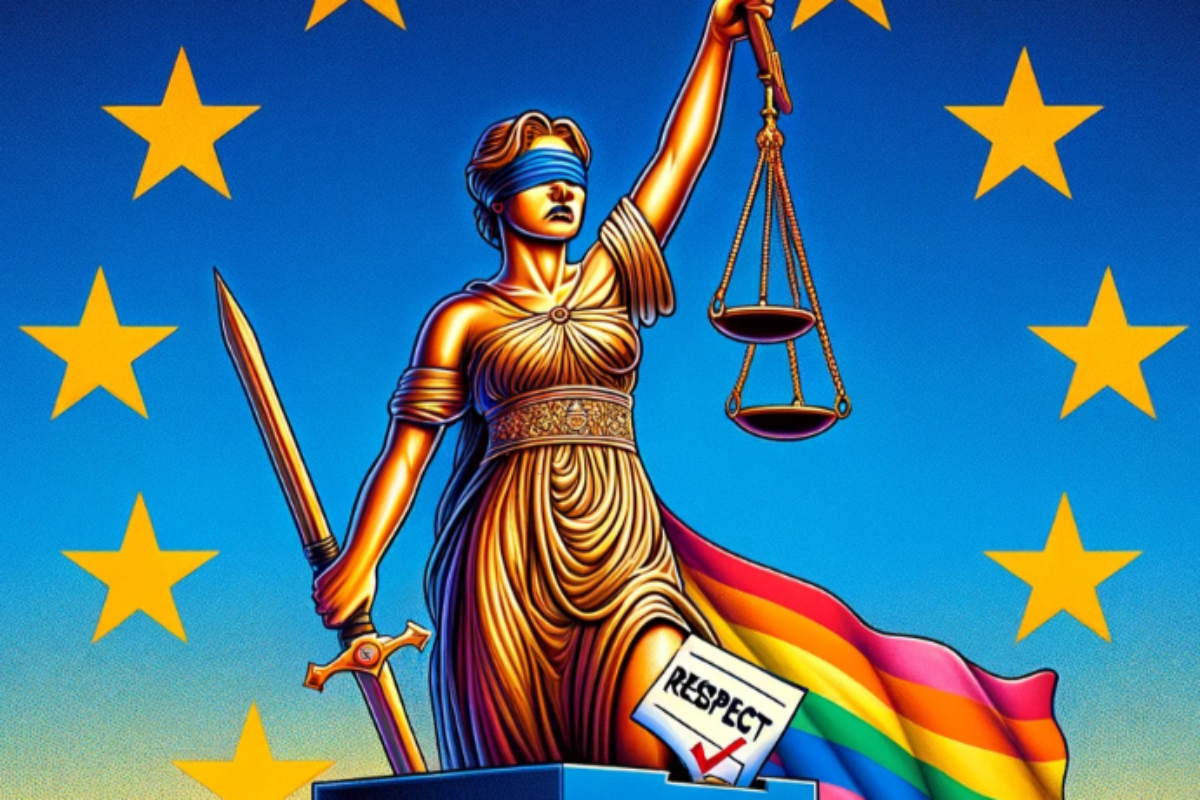Science, ideally, knows no border and obeys no political agenda. But governments have used science in the past for propaganda and industrial rivalry, for example during the Cold War. When, more than six decades ago, the Soviets announced that they had launched the Sputnik I into orbit, US politicians warned of the dangers of Soviet superiority in technology and science. However, even during the space race that followed, scientists from the two blocs continued to keep their bonds, in the spirit of cooperation that animates the scientific community, and despite episodes of espionage that undermined trust between them in fields like space exploration and missile research. Science cooperation, even when tainted by political interests and hidden agendas, has proven to be key in maintaining a basic level of dialogue, and promoting technological progress without engaging in a race to the bottom, distorted by strategic government goals. And it is, accordingly, a good thermometer of the state of global governance.
But today, after decades of good health, the thermometer is about to crash.
Evidence is found in many scientific domains. For example, immunotherapist Carl June predicts a “Sputnik 2.0”, pointing at a US-China duel on gene editing techniques such as CRISPR. But the most worrying U-turn in global technology cooperation is found in cyberspace. While it is no mystery that the internet was partly a product of the Cold War, internet governance and standard-setting have remained open to scientists and engineers for decades thanks to private bodies like ICANN, IEEE, the W3C, IETF. These bodies have written the rules of cyberspace: but they did so in US territory, under US supervision. In the case of ICANN, which manages the internet’s domain names, the Obama administration took steps to embrace a more international model (a move that President Trump later described as “stupid”). But while it may be too late to ‘repatriate’ ICANN, the turf war rages on: after the US administration blacklisted Huawei, the IEEE (headquartered in New Jersey) decided to exclude the company’s researchers from peer-reviews and publications. And while the restrictions were promptly lifted after a wave of protests, doubts remain on whether scientific cooperation is on the verge of being sacrificed on the altar of a new Cold War. Meanwhile, China is working hard to strengthen its presence in the ITU and in other bodies active in the cyber domain.
The battle is on, and the risk of escalation high. The US are terrified of China’s emerging leadership in science and technology: besides putting a halt to scientific cooperation, the US administration is also acting on the commercial side, trying to reduce America’s dependence on Chinese technologies. Contrary to what happened for digital platforms, in wireless equipment American companies failed to keep the pace of Chinese, Korean and European rivals. The rise of 5G, a game changer in cyberspace, will largely rely on essential patents held by Huawei, Nokia, Samsung and LG. US company Qualcomm holds a mere 8% of the essential patents, while Chinese companies altogether account for about a third, compared to about a quarter for Europe and South Korea. It’s the US that needs to worry the most: 5G is poised to become a critical infrastructure, and relying on non-domestic equipment may make it critically dependent on other superpowers. A rather uncomfortable position, especially given China’s heavy investment in AI and quantum cryptography, which may give the Chinese a leading edge in deciphering future communications.
The recent US Department of Commerce decision (currently on hold until the end of August) to “blacklist” Huawei, echoed by Google’s decision to terminate Android support for Huawei smartphones, are other episodes in a mounting saga. It is hard to predict where this escalation of events will lead. Certainly, this form of rivalry is unlikely to help the progress of science: rather it may distract resources from pressing societal and environmental challenges, as countries engage in a destructive arms race.
Caught in the middle, Europe must agree on its next steps. It is well positioned on 5G, but its top players have warned that a ban on Huawei would slow down deployment. The European Commission and many EU member states have taken a cautious stance on Huawei so far, but US authorities (including President Trump) are making multi-point pressure for this to change. Meanwhile, Europe is actively promoting AI “Made in Europe”, along with a revival of industrial policy in strategic value chains and stricter competition rules for the digital economy. In all this, Europe’s most useful move would be to refrain from the temptation to go it alone, and engage in global cooperation on digital technologies ‘for good’ (as I advocated in a recent CEPS publication) and ‘for peace’. Europe can and should support ongoing attempts to strengthen international dialogue, such as supporting the new Inter-Governmental Panel on AI (IPAI) promoted by France and Canada. Europe should also step up its cybersecurity governance, as CEPS advocated in a recent report. And it should continue to engage in research and policy dialogue, starting from its already dense web of partnerships in the cyber domain, possibly taking the lead on an enhanced multi-lateral dialogue on the stability, openness and security of cyberspace. Only by restoring trust and cooperation at all levels will the ghost of a new Cold War be kept at bay.







